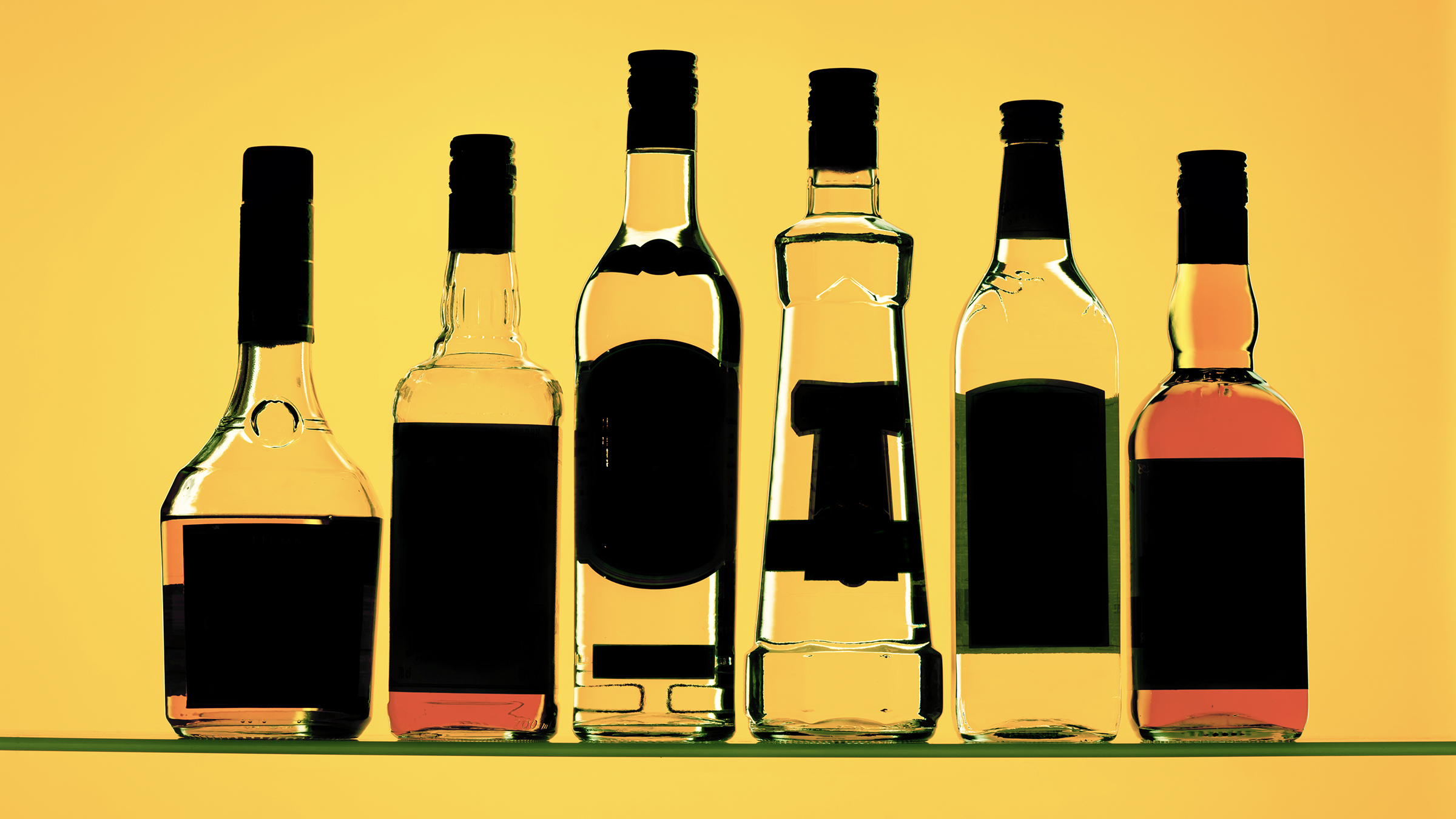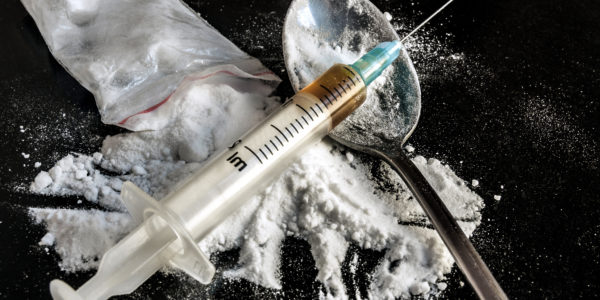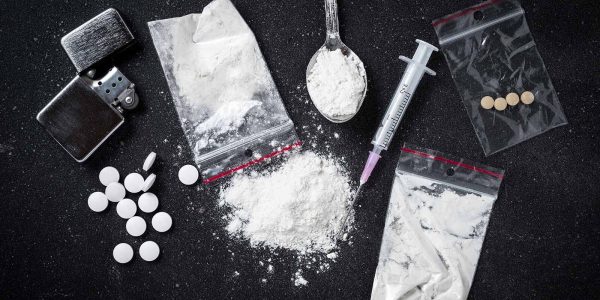LISTEN TO THIS ARTICLE:
Alcohol withdrawal is the most dangerous and potentially deadly withdrawal syndrome known. Withdrawal from many other drugs, while difficult and painful, does not carry the same threat as alcohol. When people who drink heavily stop suddenly, they experience numerous physical and psychological symptoms, varying in severity from mild to life-threatening. In this ultimate guide to alcohol withdrawal, we’ll provide a concise and easy-to-understand overview, including its symptoms, stages, treatment options, and essential tips for managing this process safely and effectively.
What causes alcohol withdrawal?
Alcohol withdrawal happens when someone who drinks heavily on a regular basis suddenly stops or significantly reduces their alcohol consumption. The reason this occurs is that alcohol (ethanol) is a depressant in the brain. Depressants slow activity and reduce stimulation in various areas of the brain. If people drink heavily and consistently, the brain gets used to functioning under these conditions. When that depressant suddenly disappears, all the suppressed activity comes flooding out, producing the symptoms of alcohol withdrawal.
Who is at risk?
There is no specific amount of drinking that will reliably lead to a given severity of alcohol withdrawal. This depends on several factors, including the duration and frequency of alcohol use, the amount of alcohol consumed, and the individual’s overall health. According to the National Institutes of Health, the maximum level of “healthy” alcohol consumption is 2 drinks per day for men and 1 drink per day for women, on average.
What is heavy drinking?
Heavy drinking is defined as 4 drinks or more in a day (or over 14 in a week) for men and 3 drinks or more in a day for women (or over 7 in a week). A drinking “binge” is at least 5 drinks in under 2 hours for a man or at least 4 drinks in the same time frame for women. Binge drinking is 5 or more binge days in a month.
What does alcohol withdrawal look like?
The time that has passed since a person’s last drink is one of the most pertinent pieces of information when evaluating someone for alcohol withdrawal. The onset of symptoms typically occurs within 6 hours after the last drink and can last up to several days, depending on how much the person was drinking.
Mild symptoms
Early symptoms include those that start roughly 6 hours after stopping drinking and last up to 48 hours. Mild symptoms in this early stage are unpleasant, but generally manageable without medical intervention. Anxiety is one of the most common symptoms of alcohol withdrawal. It can range from mild to severe and can cause restlessness, irritability, and difficulty concentrating. Another very common symptom is difficulty falling and staying asleep.
Additional symptoms include sweating, headache, nausea, vomiting, and diarrhea. Their pupils will be dilated and they will experience higher blood pressure and faster than normal breathing. People can feel shaky and often notice a tremor in their hands.
Moderate symptoms
Usually, early symptoms are limited to the mild ones if the person is not an especially heavy drinker. However, there are several other, more serious symptoms, that are cause for concern and medical monitoring.
One of the most significant psychiatric symptoms to look out for is hallucinations. Although most people equate hallucinations with visual disturbances, they can happen with other senses as well. Auditory hallucinations are distortions of hearing, and hearing things that are not there is common. The same goes for tactile hallucinations, which are when people feel things touching them that are not there. Unlike the early, mild symptoms, these moderate symptoms can last up to 6 days after the person’s last drink.
Severe symptoms
Some of the most dangerous and worrying early symptoms of alcohol withdrawal are seizures. Withdrawal from alcohol lowers what doctors call the “seizure threshold”, making seizures of any cause more likely. Many of these seizures happen in people who also have a history of prior seizures, traumatic brain injury, or other drug use. Half of people who have a seizure within 48 hours of their last drink will go on to develop delirium tremens. People who get these seizures also have an overall 4 times greater risk of death from alcohol use disorder.
Other signs of severe alcohol withdrawal at this stage include disruptions in the person’s alertness and awareness of their surroundings. People become disoriented, agitated, and irritable. Psychiatric symptoms get worse, too. People get paranoid and aggressive and can even be dangerous.
What is delirium tremens?
Delirium tremens (DTs) is a severe and life-threatening condition that can occur during alcohol withdrawal. It typically emerges 48 to 72 hours after the last drink and can last up to 7 days. Delirium tremens is a medical emergency and requires immediate attention. With proper treatment, mortality rates are roughly 1-5%. However, if left untreated, it’s fatal in about 40% of cases.
The hallmark of DTs is delirium. Delirium is a state of changing consciousness and mental capacity. People are confused, unaware of their surroundings, and unable to think and process information clearly. The delirium can be either hyperactive or hypoactive. “Hyperactive” means that these people are restless, energetic, and have trouble sleeping. People in “hypoactive” delirium have much lower energy, move and speak less, and are difficult to arouse.
This comes in addition to all the symptoms of alcohol withdrawal we’ve already discussed. People are hallucinating and disoriented. They have significant tremors and other motor instability, which is where the “tremens” part of the name comes from.
Treatment
Mild withdrawal
The treatment for alcohol withdrawal depends on the severity of symptoms and the individual’s overall health. Most people who only have very mild symptoms of alcohol withdrawal can get through withdrawal with some basic self-care. Over the counter medications like melatonin can help with sleep, and good nutrition and hydration can go a long way.
Moderate and severe withdrawal
As symptoms become more intense and move into the moderate category, people will need some help from sedative medications such as benzodiazepines. These medications, such as Librium (chlordiazepoxide) and Serax (oxazepam), can help reduce anxiety, tremors, and prevent seizures. These normally need to be given in a hospital or some other controlled medical environment. Without this, seizures can be very dangerous, leading to severe physical injuries if left unchecked. Medical providers also need to monitor people’s blood pressure, pulse, and temperature and a variety of regular blood tests.
Additional management tips
What is Wernicke-Korsakoff syndrome?
Wernicke-Korsakoff syndrome (WKS) is a severe neurological disorder that can occur due to long-term alcohol abuse. Although it is not technically isolated to alcohol withdrawal and can occur at any time during heavy alcohol use, it is still incredibly dangerous.
WKS is a constellation of symptoms that comes from a lack of vitamin B1 (thiamine) in the body and brain. Heavy alcohol use impairs the body’s ability to absorb thiamine, leading to brain damage.
Wernicke-Korsakoff syndrome is a combination of two sets of symptoms. Wernicke encephalopathy has three symptoms: confusion, lack of physical coordination, and problems seeing. This can happen suddenly and needs urgent treatment with IV thiamine and folate (which helps with thiamine absorption) as well as fluids and proper nutrition. If this is not treated, it can progress to Korsakoff syndrome, which is very powerful memory loss and problems forming new memories. Untreated in the long term, this can progress and become deadly.
Staying sober
Once someone is safely through alcohol withdrawal, the next step is staying sober. This is obviously easier said than done, and we have written much on this topic before. Staying sober is a massive, life-long project that requires a lot of personal reflection and emotional work.
In general, the key to staying sober is developing a non-judgmental support network. Traditionally, this comes in the form of 12 step groups like Alcoholics Anonymous (AA). For people who don’t like the philosophy behind AA, there are numerous other options that are widely available. Since the pandemic, many of these groups are also accessible remotely via video conference.
Looking forward
Alcohol withdrawal is a serious condition that requires careful management and support. It can be life-threatening if not managed properly. Symptoms of alcohol withdrawal can range from mild to severe and can include anxiety, tremors, seizures, and even hallucinations. The hidden dangers of alcohol withdrawal can include delirium tremens (DTs), seizures, and Wernicke-Korsakoff Syndrome (WKS).
If you or someone you know is experiencing alcohol withdrawal, it is crucial to seek professional help and follow a structured approach to ensure safety and maximize the chances of successful recovery. Remember, you are not alone in this journey, and there is help available to guide you towards a healthier and alcohol-free life.


 Learn
Learn Read Stories
Read Stories Get News
Get News Find Help
Find Help

 Share
Share
 Share
Share
 Share
Share
 Share
Share



